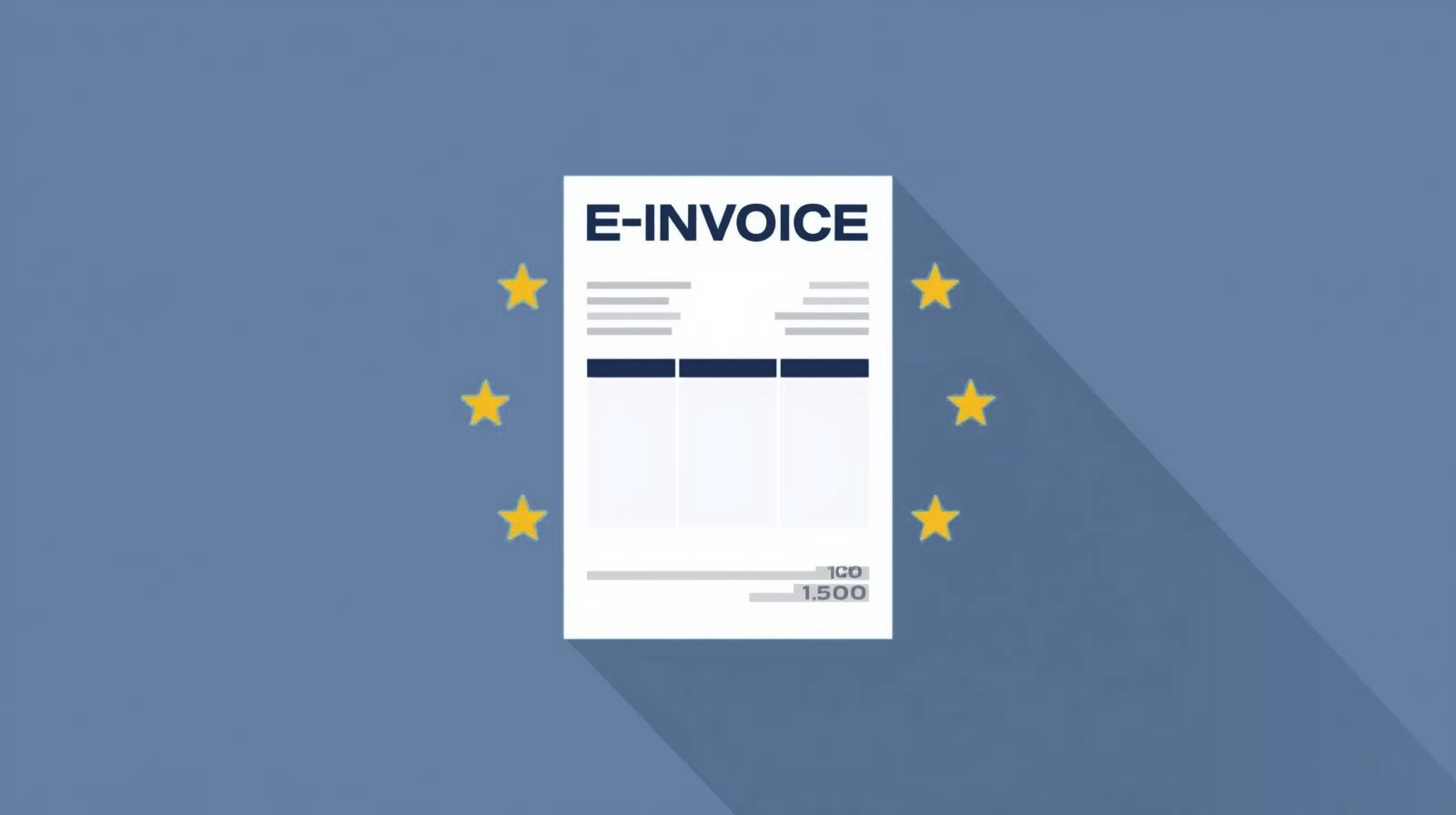The foreign currency value adjustment refers to the accounting revaluation of open foreign currency items as at the balance sheet date. This involves recognising existing balances of receivables, liabilities, bank accounts and other relevant G/L accounts denominated in a foreign currency. Foreign currency to the current Closing rate (closing rate). The aim is to recognise these items in the balance sheet at their realistic value in Local currency to be recognised.

Purpose and context:
As foreign currency items in SAP Business One are recognised by default with the Exchange rate If an asset or liability is recognised at the date of the original entry, differences arise between this historical exchange rate and the actual market value on the balance sheet date due to exchange rate fluctuations. The foreign currency value adjustment offsets these differences and ensures that the balance sheet reflects a realistic asset and income situation.
Affected items:
Foreign currency value adjustments typically relate to the following account types:
-
Open receivables opposite accounts receivable in foreign currency
-
Outstanding liabilities to creditors in foreign currency
-
Bank accountswhose balances are denominated in foreign currency
-
Other general ledger accountsthat are managed in foreign currency
-
Stocksif items were purchased and valued in foreign currency
process in SAP Business One:
In SAP Business One, the foreign currency value adjustment is typically carried out via the specific function:
Finance → Period-end closing → Exchange rate differences
The system automatically generates booking proposals to compensate for unrealised exchange rate differences. Each of these proposals can be checked, accepted or rejected. This process therefore differs from manual journal adjustment postings, which are common in the case of value adjustments for doubtful debtors.
Realised vs. unrealised differences:
-
Realised differences:
Occur with actual payments and are recognised automatically (e.g. with incoming or outgoing payments in foreign currency). -
Unrealised differences:
Arise from revaluation at the balance sheet date and are recognised through the above-mentioned function "Exchange rate differences" booked.
Effects on the financial statements:
The foreign currency value adjustment is an integral part of the periodic financial statements and affects both the balance sheet and the income statement. It ensures that the foreign currency balances recognised correspond to the economic reality and that any exchange rate gains or losses are presented transparently.
Versino Financial Suite
the Versino Financial Suite makes foreign currency value adjustments in SAP Business One more efficient, transparent and legally compliant. It automates the import of exchange rates, improves the overview and documentation and thus supports modern, error-free closing work in an international environment.

Verifactu in Spain: the new invoicing obligation

The e-invoicing regulations in Europe

Versino Financial Suite V09.2025 for SAP Business One

Accounting outsourcing: Why it pays off for SMEs

CANDIS for SAP Business One
